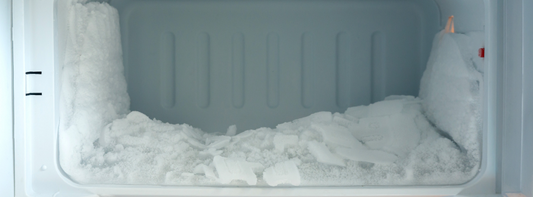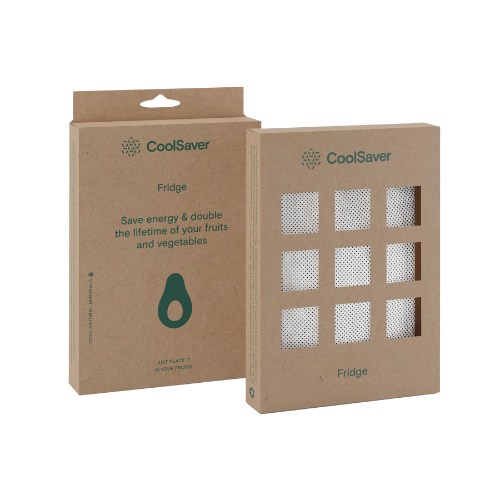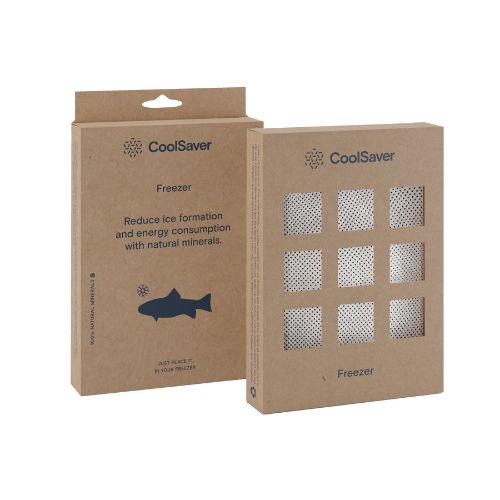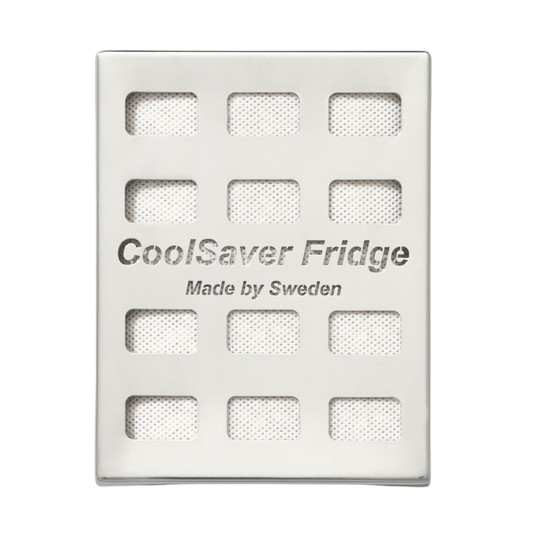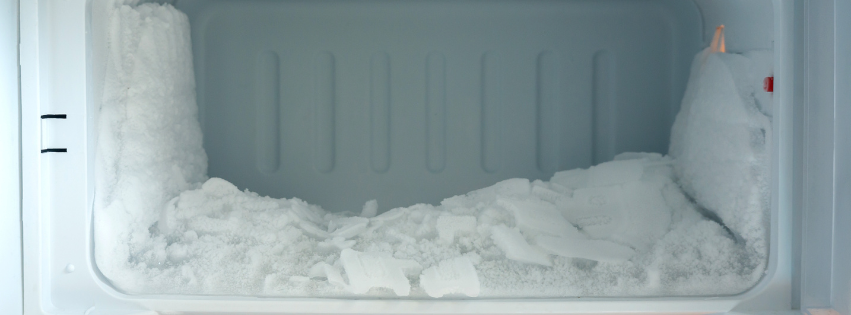
How to Get Rid of Ice in Your Fridge: Tips and Solutions
Share
Ice buildup in your fridge or freezer is more than just an annoyance—it can reduce storage space, damage your appliance, and even affect the quality of your food. If you’ve ever dealt with frozen-over shelves or had to chip away at ice just to access your food, you know how frustrating it can be.
Luckily, there are effective ways to prevent and remove ice buildup. Here's a guide on how to get rid of ice in your fridge and keep it from coming back:
1. Check the Door Seal (Gasket)
- Why it matters: One of the most common causes of ice buildup is a faulty door seal. If warm air seeps into the fridge or freezer, it can cause condensation, which freezes and creates ice.
- Solution: Check the seal for cracks, gaps, or debris. If the gasket is worn out, you might need to replace it. To clean it, simply wipe it down with a damp cloth and check that it closes tightly when you shut the door.
2. Defrost Your Fridge or Freezer
- Why it matters: Over time, even the best fridges can accumulate frost and ice. Manually defrosting your fridge is one of the best ways to reset and remove ice buildup.
-
Solution:
- Unplug the fridge.
- Remove all food and place it in a cooler.
- Let the fridge sit with the doors open for several hours (overnight works best) to allow the ice to melt.
- Once the ice is melted, clean up any water and plug the fridge back in.
- Pro tip: Speed up the process by placing a bowl of hot water inside the fridge or freezer, or using a hairdryer to melt the ice.
3. Adjust the Temperature Settings
- Why it matters: If the temperature inside your fridge or freezer is set too low, it can cause excess condensation and ice buildup.
- Solution: Check the manufacturer’s recommended settings for your fridge and adjust accordingly. Typically, the freezer should be around -18°C (0°F), and the fridge should be between 1°C and 4°C (34°F to 40°F). Keeping it at the right temperature helps prevent condensation that can turn into ice.
4. Organize Your Fridge for Better Airflow
- Why it matters: Overpacking your fridge or freezer can block air vents and reduce airflow, leading to pockets of condensation that freeze over time.
- Solution: Organize your fridge to allow for proper airflow. Avoid pushing food too close to the walls or vents. By allowing air to circulate freely, you reduce the chances of moisture buildup, which can turn into ice.
5. Use a CoolSaver Freezer Panel to Prevent Ice Buildup
- Why it matters: Ice buildup can happen due to excess moisture and fluctuating temperatures. The CoolSaver Freezer Panel is designed to regulate moisture levels and prevent the conditions that lead to frost and ice formation.
- Solution: Place a CoolSaver panel in your freezer to help maintain a consistent environment and reduce ice buildup. By absorbing excess moisture, CoolSaver minimizes the frost, making your freezer more efficient and easier to manage.
6. Check the Drainage System
- Why it matters: Many fridges have a drainage hole or defrost drain to remove water during the defrost cycle. If this drain becomes clogged, water can accumulate and freeze.
- Solution: Check the drainage hole at the back of your fridge and ensure it’s clear of debris. Use a pipe cleaner or a turkey baster filled with hot water to flush out any clogs.
7. Minimize Opening and Closing of the Door
- Why it matters: Frequent opening of the fridge or freezer door allows warm air to enter, leading to condensation and eventually ice buildup.
- Solution: Be mindful of how often the fridge or freezer is opened, especially in warmer climates or during summer months. Try to open the door only when necessary and keep it closed as much as possible.
Conclusion
Ice buildup in your fridge or freezer can be a nuisance, but with regular maintenance and the right tools, like a CoolSaver panel, you can keep your fridge free from frost. By following these simple steps, you’ll enjoy a more efficient appliance and extend the life of your food, while also saving yourself the hassle of dealing with excess ice!



